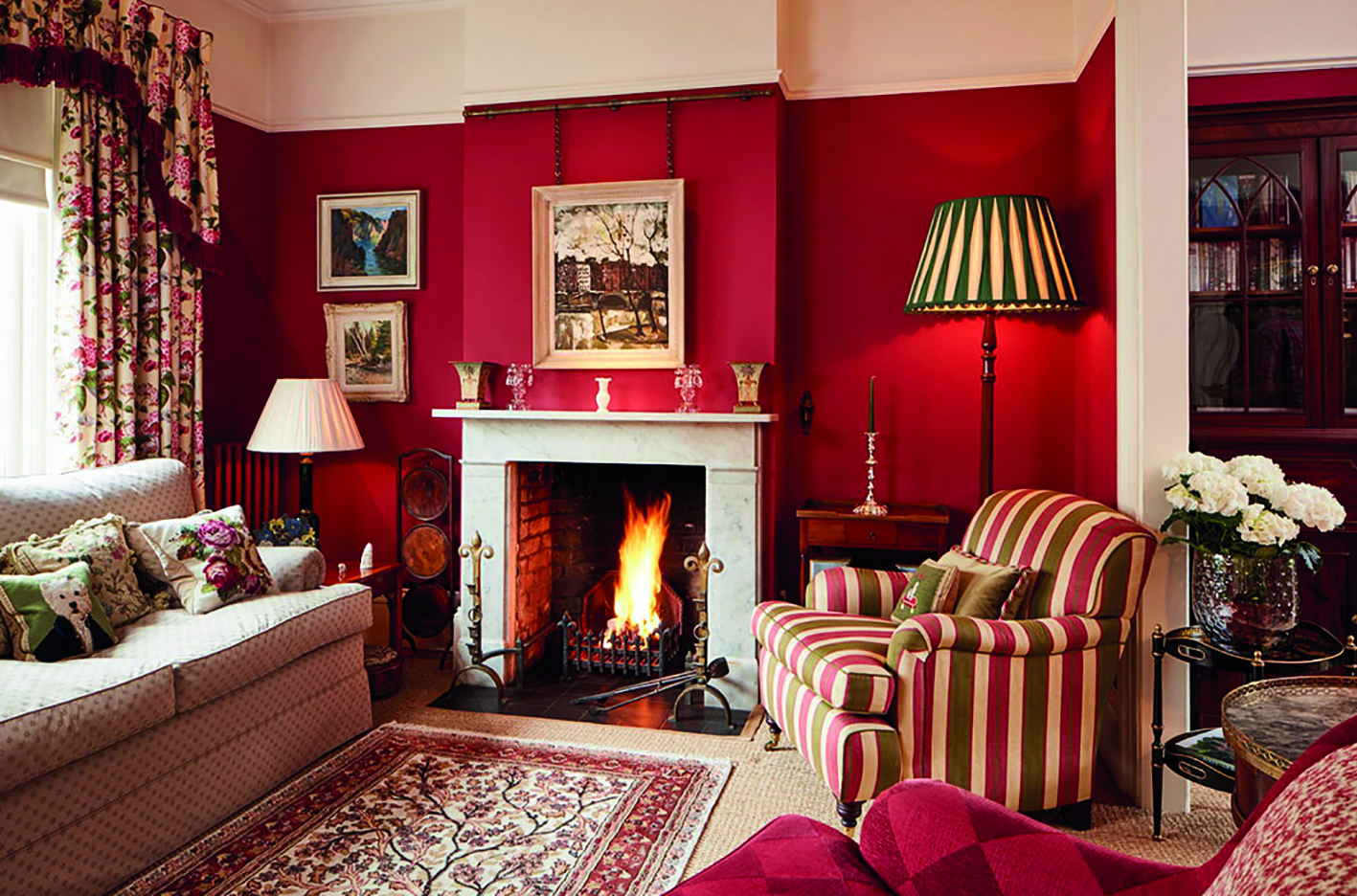
I find I am often called in by clients to give advice on how best to display pictures they have accumulated over the years. Some paintings have already found a place in the home but others, whether acquired through inheritance, or bought in a short-lived moment of excitement, have been left sleeping in dusty lofts or hidden corners awaiting their moment to shine.
When buying pictures my philosophy is always to buy what you love. Placing pictures, however, is a skill, as too is the job of picture hanging. Common mistakes are hanging artwork too high so one must crane one’s neck to see it or having too many similar sized pictures.
I am always minded by my client’s own design aesthetic, be it a love of symmetry or asymmetry, formal or relaxed, full or spartan. Whatever your preference, here are my 8 top tips to create an interesting scheme:
- Mounting – the cheapest and most uninteresting pictures can be made exceptional by a variety of well-chosen frames (think Gesso, distressed, hand-painted, lacquered, or gilt for example) and mountings (think wooden instead of card). Frames are often not cheap but will transform your pictures.
- Create ensembles – use artwork to create ensembles with complementary furniture, curtains, lamps and vases. Unless the home needs to serve as a gallery, most art looks best when connected to other items within a room.
- Create a textural frisson – consider tone and texture when grouping art. Oils, watercolours, charcoal sketches, and prints can work well together and create interest. In my sitting room I have a framed antique Chinese needlework paired with a modern decoupage of Grimaldi. The black mounting and dark frames of both pair an unlikely combination beautifully.
- Drama – for pictures that cry out to be presented as focal points or to create drama, consider alternative feature ways of hanging. If your home boasts picture rails, take advantage of them, or use antiqued brass rods and chains or their contemporary equivalent.
- Avoid monotony. Pictures that are all placed as single pieces, all at the same height or arrangement, or are all similarly framed, can feel tedious and reduce the visual attention one is able to give to them.
- Movement – place pictures of less interest in areas of the house that are darker or have the greatest movement, for example, in tight hallways and landings. Prized pictures, or those that invite the longest attention, should be placed carefully, for example, at the end of a long hallway to create a focal point, or in a place where one lingers.
- Reflection – must be considered carefully. Unless you really want to see the house across the street, place glass-fronted prints where they will not cause reflection or replace their glass with one that is non-reflective.
- Lighting – use judicious lighting when you want to draw the eye to a certain place or bring to life a dark painting. Take care to choose an appropriate tone of light to enhance the picture. Consider whether it is best lit from above or below and avoid glare.
Good picture hanging necessitates making brave choices and I find that clients instinctively know that something is not working but lack the confidence to take risks. For a small investment, bringing an interior designer into your home to offer those bold choices will re-energise your home and create the intimacy and mood that you are looking for. Be kind to those dusty old pictures and let them shine and be admired.

